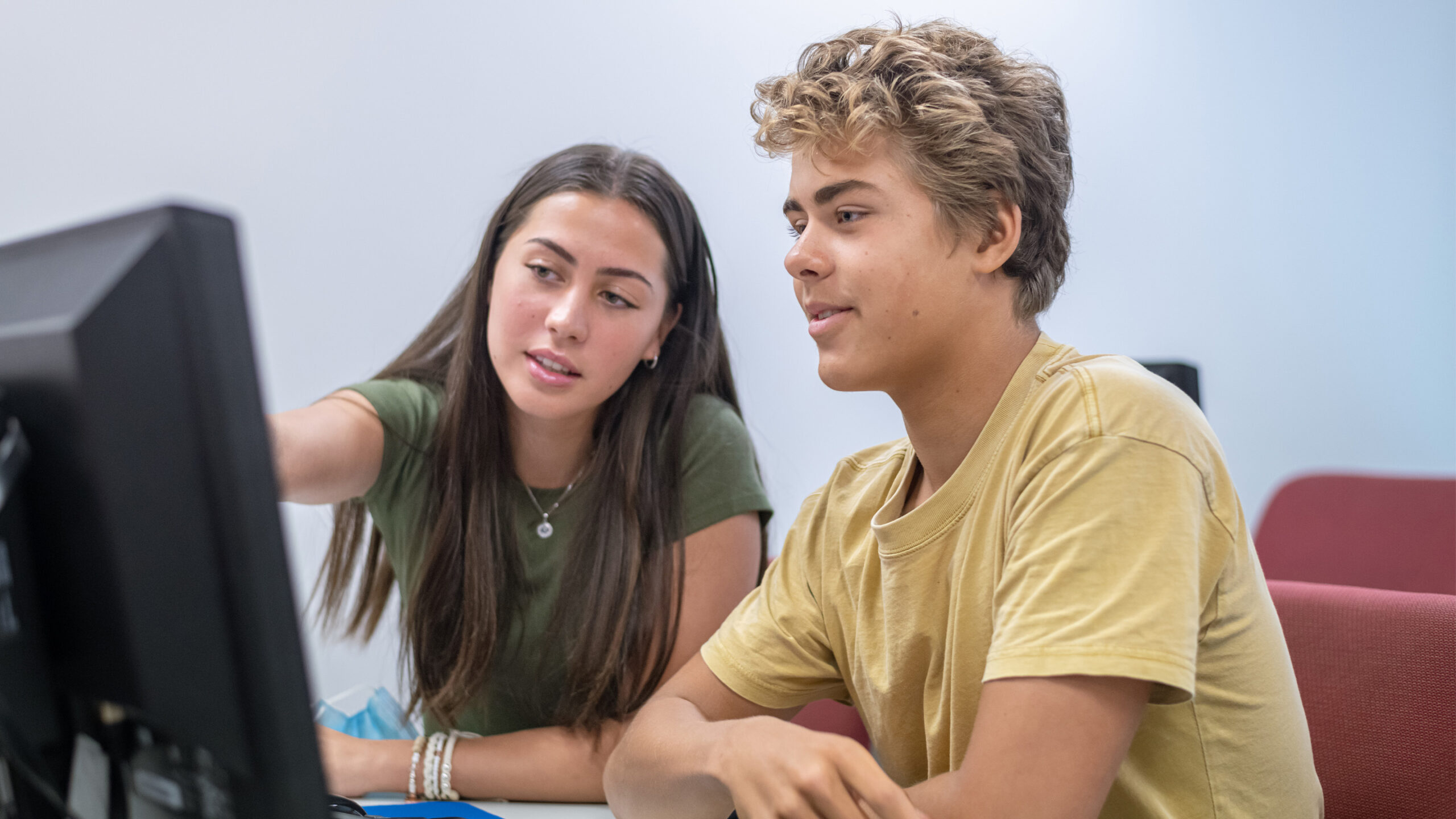During this summer, a team of students from MIT embarked on a journey to the sou …
AI Technology Assists Multilingual Students
Carlos Changemaker

When I initially discovered the integration of artificial intelligence (AI) in teaching, it felt like I was standing at the entrance of a forest. I didn’t know which path to take, and not entering seemed like a comforting option. Luckily, I had enthusiastic colleagues who guided me through the process of incorporating AI into my teaching methods.
Although I am still on the verge of exploring the possibilities offered by AI, I am already witnessing its usefulness as a tool, especially for providing comprehensible input to multilingual learners. I use AI to assist these students in learning new material, creating mentor texts, and accessing easily understandable texts.
Learning New Material
When students are confronted with new material, it can often be dense and difficult to comprehend. I need to show them the most vital details of the topic, and AI serves as an excellent tool to achieve this objective.
For instance, when my students needed to understand the difference between a dictatorship and a democracy, we utilized Perplexity to generate a simple definition for each form of government. Moreover, we prompted Perplexity to provide a list of advantages and disadvantages associated with each form of government.
This text generated by Perplexity was produced by synthesizing various online articles and videos. Instead of going through all of them individually, we relied on Perplexity to provide us with a concise introductory text so that students could gain a basic understanding of these types of government.
While a Google search might provide the most popular links, Perplexity efficiently synthesizes the most viewed resources on the topic. This significantly reduces the time it takes to process a myriad of resources. Instead, students only need to read a few paragraphs on the specific subject.
Many of my multilingual learners, who are highly proficient in another language, translate the AI-generated text. This helps them learn the content even more effectively by utilizing their stronger language skills.
Creating Mentor Texts
A mentor text provides clarity regarding the type of writing students are expected to produce. Analyzing a mentor text helps teachers identify the required content and academic language needed to effectively communicate that content. Previously, crafting an appropriate mentor text would take hours of my time. Thankfully, with AI, this process is reduced to mere seconds.
I often use MagicSchool to generate a mentor text. I simply specify the content and the type of text (e.g., poem, news article, short story, review, op-ed, biography). Within seconds, MagicSchool produces a suitable mentor text aligned with my identified criteria.
In most cases, I make slight modifications to the AI-generated text, such as adding contextual details, removing unnecessary information, and providing synonyms in parentheses for potentially unfamiliar vocabulary words. After analyzing the text, I am able to clearly identify the words, sentence structure, and organization of the writing I need to teach. These become my guideposts for developing lessons.
Creating Accessible Texts
Multilingual learners are often expected to learn content by reading articles. However, these articles are frequently written at reading levels well above their capabilities. Luckily, AI platforms like Poe can be of great assistance to these learners.
For example, I had eighth-grade students who were required to read a magazine article about the Willow project that was written at an 11th-grade level. All I did was provide the URL link for the article to Poe and set the reading level to grade 5. In a matter of seconds, Poe generated a more accessible version of the article for my students.
The only drawback to Poe is that the length of the article is significantly reduced to a few paragraphs as less essential details are intentionally left out in the AI-generated text.
A Word of Caution
As with all technological advancements, there are advantages and disadvantages. We are just beginning to comprehend how social media platforms use their influence to market to users. We are also unaware of any hidden malicious agenda held by those who develop AI platforms for educators and students. Therefore, as we enter this realm, it is important to be cautious and avoid blindly embracing every AI offering. We must watch, observe, take note, and proceed gradually.
After intentionally instructing students on how to use various AI learning tools, I noticed that students gravitate towards them more than Google searches. The fact that students quickly embrace these tools and find success in using them to enhance their learning is quite promising.
If AI continues to showcase the potential of multilingual learners and contributes to greater academic achievement, then it unquestionably deserves a place in my instruction. I hope AI can find a place in your instruction as well.


